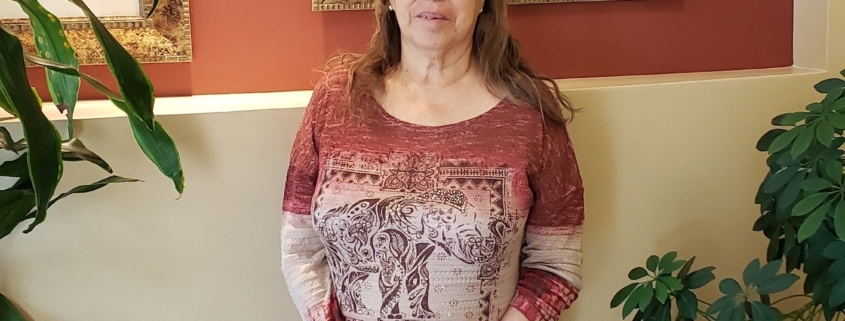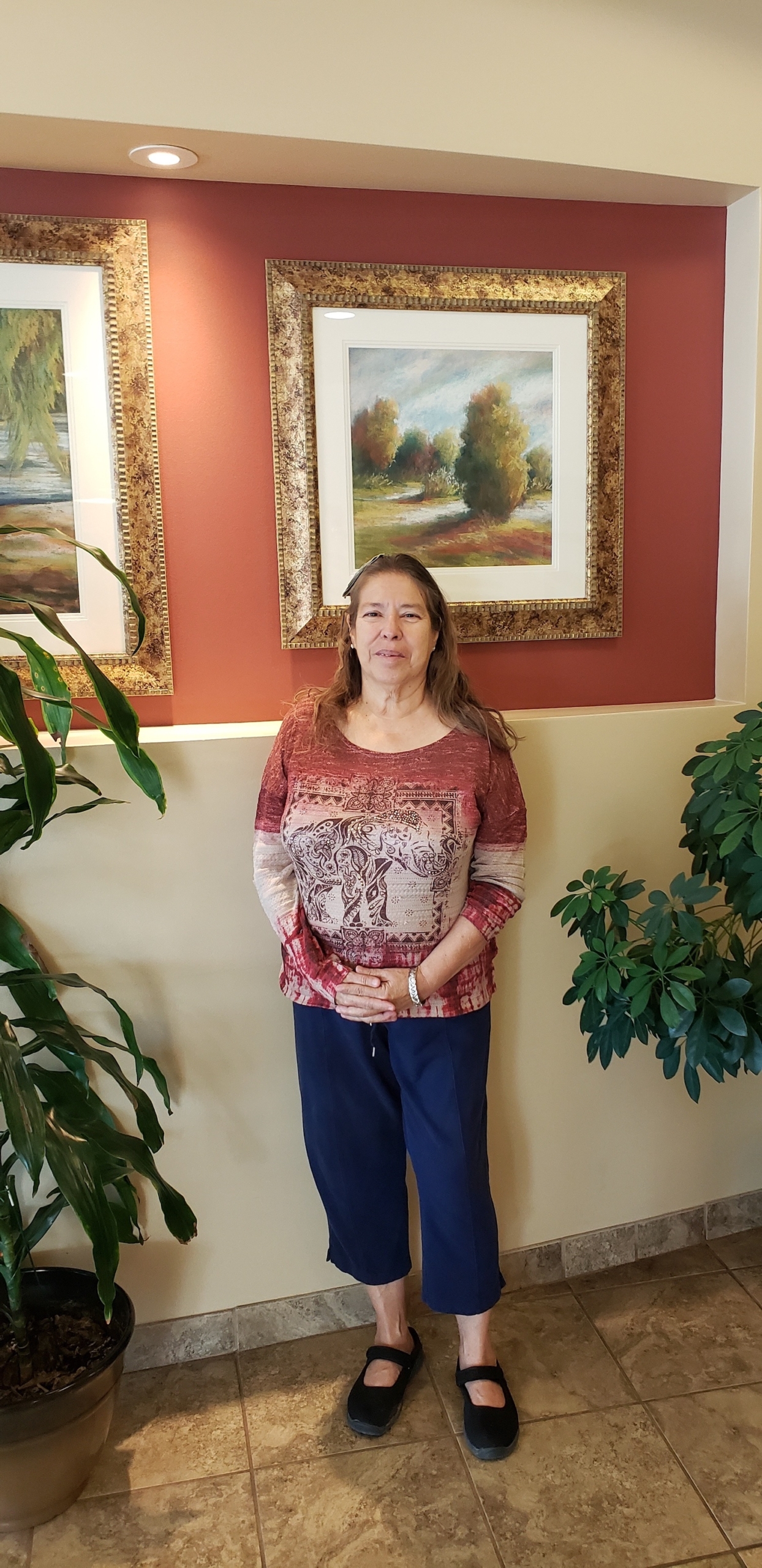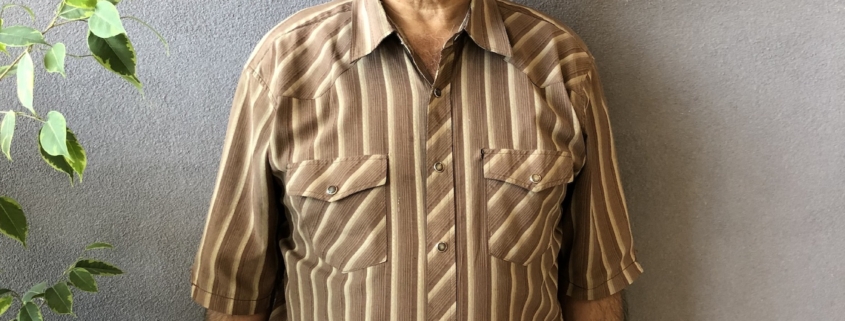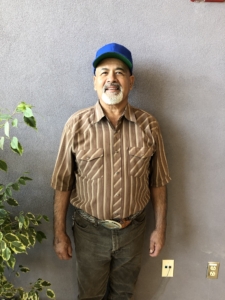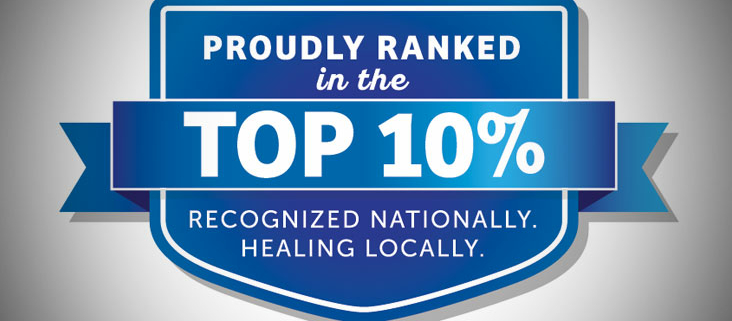At the age of 62, Marina Atma suffered a stroke. Today she is a stroke survivor living an active and good quality of life. Two years ago, in August, Marina suffered from a stroke while at work. She worked at a local community college and taught Professional Development courses.
Marina said, “While I was at work one afternoon, I was walking from my office to the front desk and the secretary told me I needed to go to the hospital. When I ask her why, she told me the left side of my face was droopy & drooling and my speech was slurred. I went to the emergency room, where I was diagnosed with Bell’s palsy, discharged and asked to follow up with my primary doctor. When I went to my doctor, I had a magnetic resonance imaging (MRI) of the brain, which showed that I had had 2 strokes. My doctor sent me straight to the emergency room where the staff was waiting for me and I was admitted for treatment of my strokes.”
Marina went on to say, “Six weeks earlier, I was diagnosed with type 2 diabetes mellitus and hypertension. These new diagnoses put me at a much higher risk for stroke along with high levels of stress.” She had no idea she was at such high risk for stroke.
She was referred to Rehabilitation Hospital of Southern New Mexico, which at the time “didn’t mean a lot to me,” said Marina. “Sam (the driver) was the first person I met when he came to pick me up,” she recalled. “I will never forget him, he is so nice!”
“I was scared and thought if they are all like this (Sam), it will be okay.”
When she arrived at Rehabilitation Hospital of Southern New Mexico (RHSNM), all the staff came in to meet her and told her what to expect. They put her anxiety and fears at ease. Marina said, “Dr. Kim (Encapera) was my doctor there at the rehab. She was so kind and caring and really helped me understand everything that was going on with me and my strokes. She answered my questions.”
The second day she was at Rehabilitation Hospital of Southern New Mexico her therapist, Linda, asked her what one of her goals were. Marina replied, “to dance with my husband when I get out.” That day, Linda (the therapist) put on some music and worked on dancing with her so she could achieve her goal.
During the course of her stay, Marina and her husband received a lot of education on how to better care for her and manage her diet, diabetes, hypertension, and exercises from all the staff. “They gave me a stroke book when I was there to take with me and use as a reference. I still have it and use it”, said Marina. “One of the most important things I learned was what F.A.S.T. stands for,” she said. F.A.S.T. is an acronym used to help people recognize the signs of a stroke.
The difference in Marina from arrival to discharge was more than just physical. It was emotional, as well. When she transferred and admitted to Rehabilitation Hospital of Southern New Mexico she was weak and scared from recent strokes.
“The day I left was awesome. I walked out using a walker and all the staff were lined up, clapping and cheering for me!”
Marina discharged home with her husband and went through outpatient therapy services at Rehabilitation Hospital of Southern New Mexico for about six weeks. She now uses a cane for steadying her walk and is living a full, active life with her husband and family. She made a lot of friends during her stay at Rehabilitation Hospital of Southern New Mexico and keeps in contact with them. Marina is active in community stroke support groups and is appreciative for the opportunity to recover from her stroke here.
